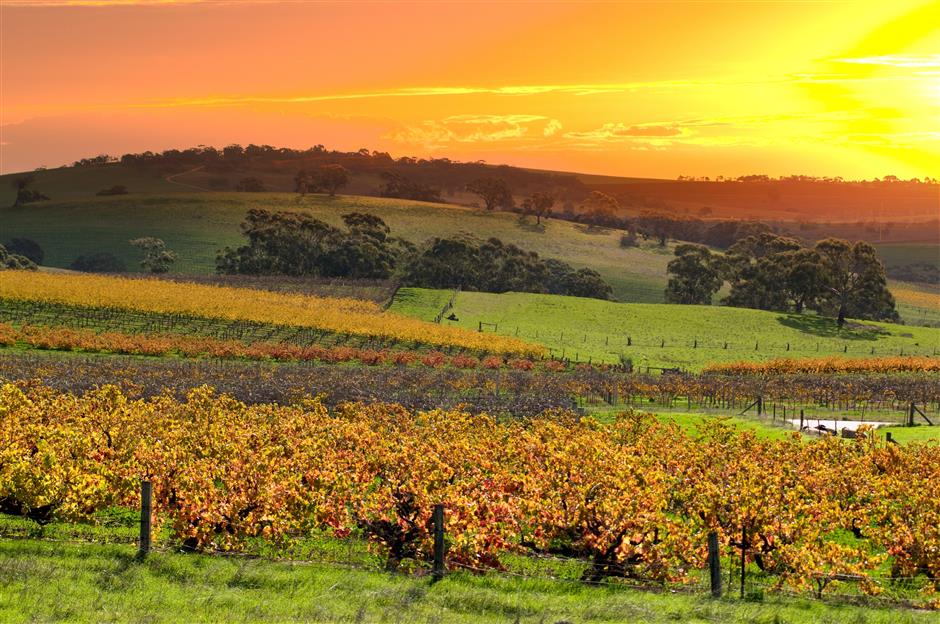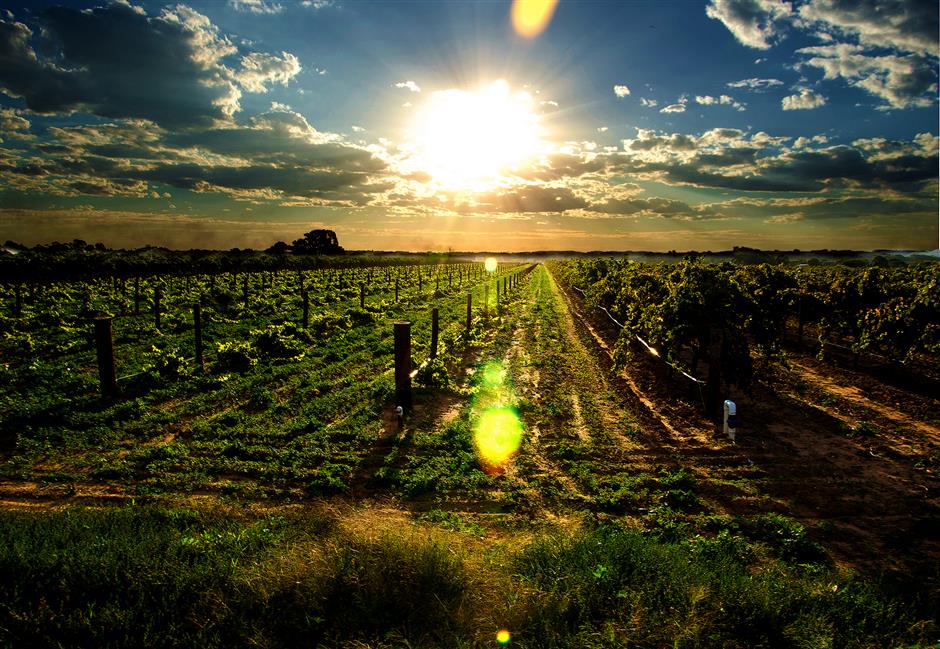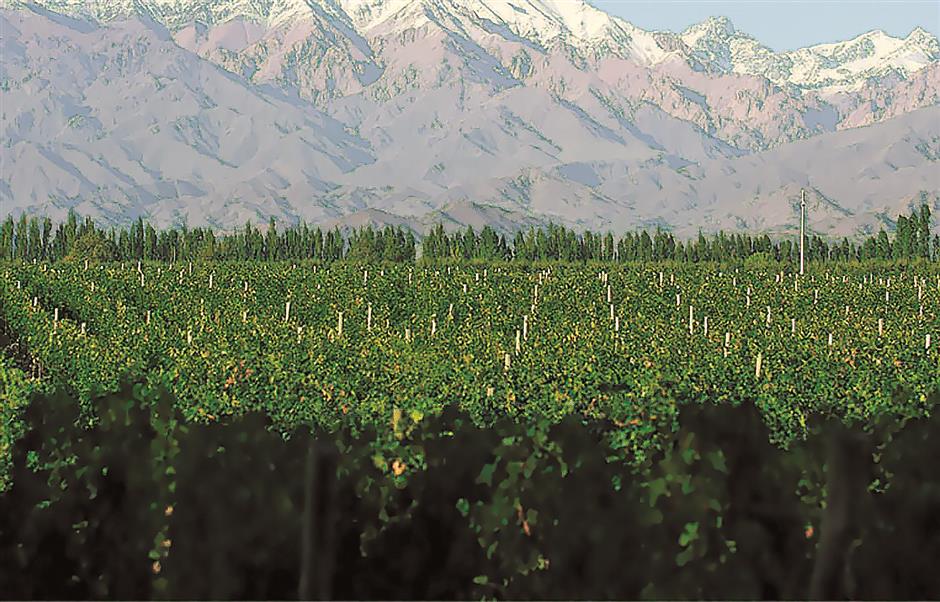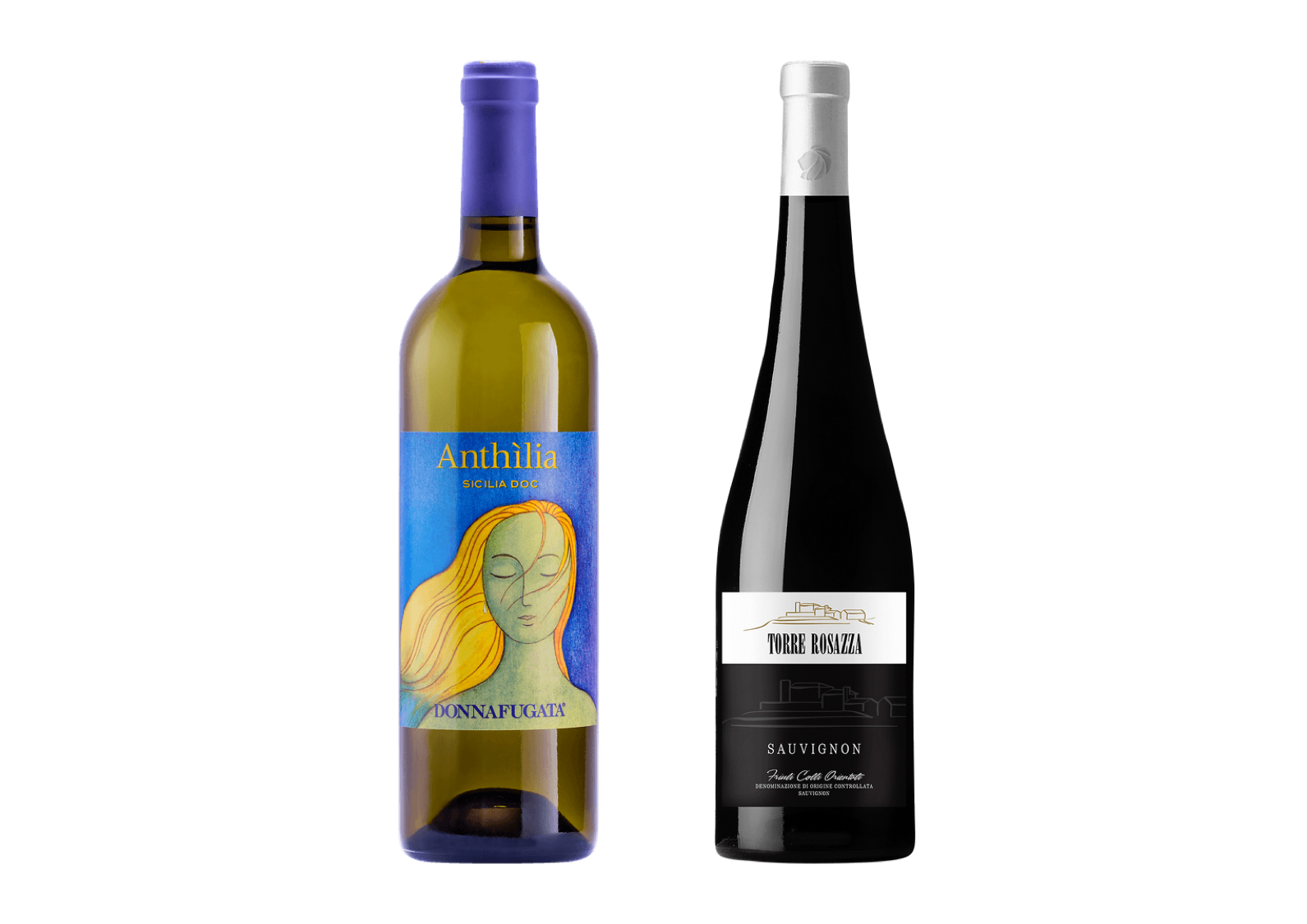Summary
Many wine experts are devoted to the concept that small is best. This is understandable as in many wine regions the smaller the geographic designation, the better the wine. Case in point, from generic Bourgogne AC to sub-region AC to villages to single vineyards; the wines of Burgundy improve in quality and distinction as the area gets smaller. Burgundy isn’t alone in promoting the concept that smaller is better.
Many wine aficionados firmly aver that small- to medium-sized family-owned wineries craft better wines than large corporations. Being attracted to small, family or boutique wineries is certainly quite comforting. But the reality is that we live in a global economy; and in fact, some of the most distinctive and celebrated wines are made by big multinational companies. They may be the exception rather than the rule, but they exist.
In congruence with the topic of today’s story on international chain restaurants in China, I wanted to introduce two large publicly traded producers that make consistently excellent wines.

Sun-graced vineyards of the Barossa Valley
Wolf Blass
Australia boasts some of the world’s most noteworthy small- and medium- size wineries as well as some of the best large producers. A trio of the island continent’s largest and most historic producers are part of Treasury Estates, the world’s largest wine company. The most famous is Penfolds, maker of the groundbreaking Grange red wine, the first Australian wine to gain world acceptance as a truly great wine.
Lindemans is another major brand in the group. While both make some of the best wines from Down Under, they also make some rather indifferent entry-level wines. Therefore, this week I prefer to feature another winery in the Treasury Estates portfolio.
Compared to Lindemans (established in 1843) and Penfolds (established in 1844), Wolf Blass is a relative newcomer. In the 1960s, the German immigrant Wolfgang Blass became the first independent winemaker consultant in Australia.
In 1973, he established Wolf Blass winery and made the first vintage of Black Label, Cabernet Sauvignon-Shiraz blend. Since then, the bold-styled wines have defined the style and success of the Australian wine industry.
I met Wolfgang Blass on a few occasions and found him audacious, direct and engaging, just like his wines. Witness his often-stated claim that his wines “make women weaker and men stronger.” Wolf Blass has several different ranges of wines.
I’m not a huge fan of Wolf Blass’ entry-level Red Label wines, but I do fancy the Red Label Chardonnay Pinot Noir Sparkling Wine, a generous and fruity sparkler with good freshness and respectably small bubbles. The Yellow Label Riesling is another eminently affordable wine that outperforms most other similarly priced Rieslings. The wine is full-stimulating citrus tart flavors with a pleasant clean finish.
A step up in quality but still moderately priced are the President Selection, Gold and Grey Label Ranges that offer high-quality Chardonnay, Cabernet and Shiraz wines.
Stylistically, these wines are generous, round, fruity with lovely mouthfeels and smooth finishes.
In particular, I’m a fan of the Grey Label Shiraz wines.
At the top of the Wolf Blass pyramid is Black Label and the Platinum range that admirably showcase the winery’s best red wines.
The iconic Black Label is a Cabernet Shiraz blend often with a little Malbec with grapes sourced from various regions in South Australia. The exact blend and regional fruit vary from vintage to vintage depending on where the best fruit is grown that year. So each vintage has its own personality but the core qualities of power, complexity, structure and silky tannins are consistently discernible.
Unless you’ve been in a coma or hibernating over the past few decades you already know that Washington State is making great wines. Many of these wines are made by small, family-owned wineries but the biggest single wine facility in the state is also making wonderful wines.
Columbia Crest was established in 1983 and first released white wines in 1987 and reds in 1988. In 1990, Wine Advocate named the winery one of the 24 best-value wineries in the world and after this prodigious beginnings, Columbia Crest has been winning some of the wine world’s most prestigious awards.
Columbia Crest is owned by the publicly-traded Ste Michelle Wine Estates that also owns the state’s largest producer Chateau Ste Michelle, as well as over a dozen other top wineries in Washington State and California. From the Grand Estates to H3 to the Reserve level wines, Columbia Crest wines represent some of the wine world’s best-value quality wines.
In particular, I’m a strong advocate of the H3 series that offer premium wines with hard-to-match quality-to-price ratios. H3 stands for the Horse Heaven Hills AVA where the grapes are sourced and all the wines of this range including Chardonnay, Merlot, Cabernet Sauvignon and Les Chevaux Red Blend admirably combine elegance, structure and length.
One way to make your next visit to an international chain restaurant in Shanghai more rewarding and delicious is to order a bottle or two of Wolf Blass or Columbia Quest wines.





